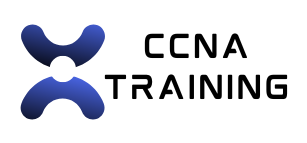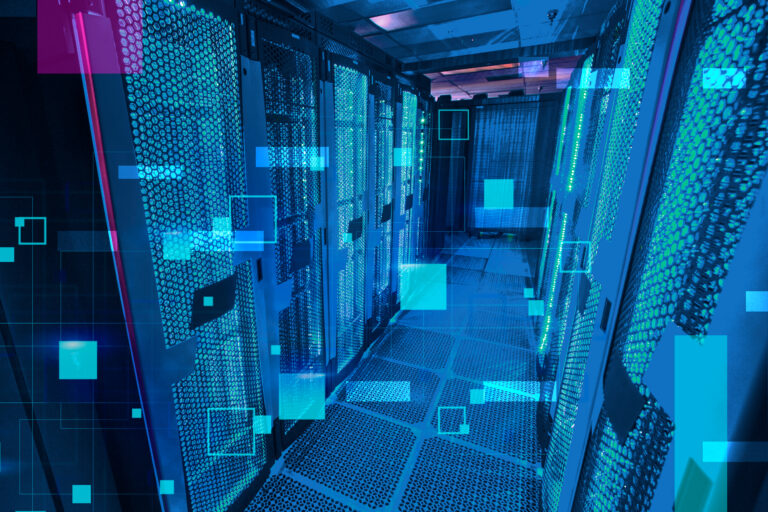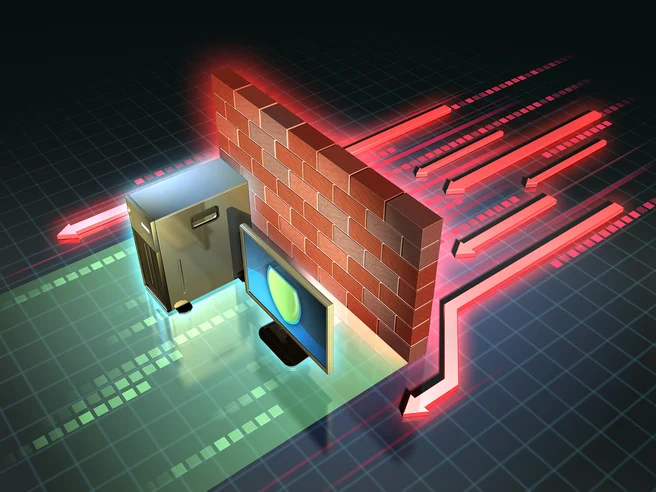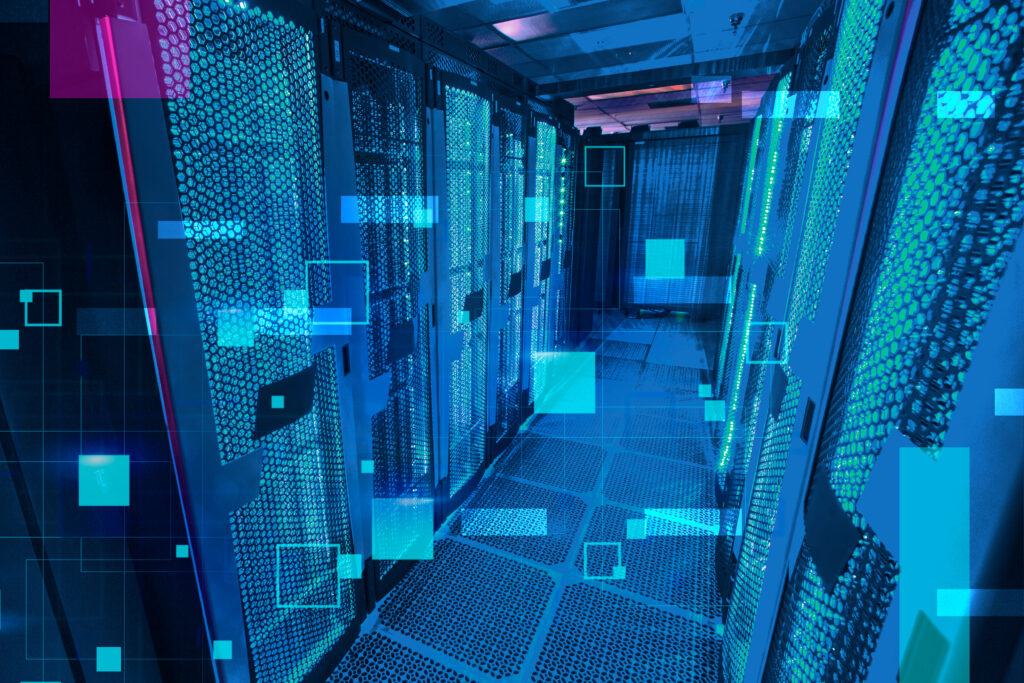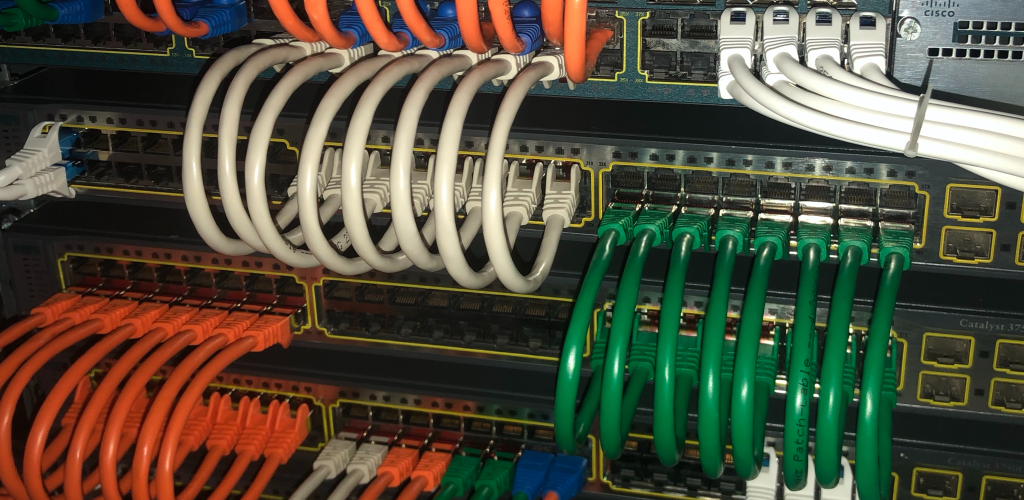In today’s digital age, the smooth operation and connectivity of networks determine the success of businesses, communication platforms, and even daily routines. If you’re new to the world of networking, you might have come across the name Cisco and felt overwhelmed by the technical jargon. Fret not! This blog post will demystify Cisco technologies and equip you with a foundational understanding of the networking giant.
What is Cisco?
Founded in 1984, Cisco Systems, Inc. has grown to be a leader in networking technologies. The company designs, manufactures, and sells networking equipment and software, making it essential for organizations that rely on robust network infrastructure. Cisco’s products range from simple home routers to complex enterprise-level switches, security systems, and end-to-end cloud solutions.
Why Cisco?
With its vast range of products and services, Cisco is synonymous with networking. The reliability, scalability, and advanced features of Cisco technologies make them a preferred choice for many businesses worldwide. Cisco also sets many industry standards, ensuring that networking components work together seamlessly.
Core Cisco Technologies for Beginners
1. Routers: Keeping Networks Connected
Routers are devices that forward data packets between computer networks. Cisco routers determine the best path for data to travel and are crucial for internet connectivity.
Routers: Cisco routers operate at Layer 3 (network layer) of the OSI model, making intelligent decisions about the best path for data packets to reach their destination.
Beginners should understand that routers are like traffic directors, ensuring data travels swiftly and efficiently from one point to another.
2. Switches: The Backbone of Local Networks
Switches are devices that link multiple devices within a Local Area Network (LAN). Cisco switches enhance network efficiency by directing data only to the device intended.
Switches: Cisco switches function at Layer 2 (data link layer) and facilitate communication between devices on the same network by forwarding data based on MAC addresses.
Think of switches as sophisticated versions of old-fashioned telephone operators, connecting calls (or data packets) only between the correct devices.
3. Wireless Access Points: Freedom from Wires
Wireless Access Points (WAPs) allow devices to connect to a network without cables. Cisco’s WAPs ensure reliable and fast wireless connections, essential for modern mobile work environments.
Cisco Access Points (APs): Provide wireless connectivity to devices.
Wireless LAN Controllers (WLCs): Centralize the management of multiple APs, ensuring consistent performance and security.
Imagine a WAP as a gateway that lets your smartphone, laptop, or tablet access the network wirelessly.
4. Firewalls: Keeping the Bad Guys Out
Firewalls are security devices that monitor and control incoming and outgoing network traffic based on predetermined security rules. Cisco’s firewalls protect against cyber threats and unauthorized access.
Cisco ASA (Adaptive Security Appliance): A firewall solution that provides advanced threat protection.
Cisco Firepower: An advanced threat defense platform with next-generation firewall (NGFW) capabilities.
Cisco Identity Services Engine (ISE): Offers centralized policy management and enforces network access control.
Think of firewalls as highly vigilant security guards, checking everyone who tries to enter or leave a club (your network).
5. Cisco IOS: The Heart of Cisco Devices
Cisco Internetwork Operating System (IOS) is the software used on the vast majority of Cisco routers and switches. Understanding basic IOS commands is crucial for configuring and managing Cisco equipment.
Key IOS commands include:
show: Displays the current configuration and status of the device.
config: Enters configuration mode, where you can make changes to the device.
ping/traceroute: Verifies connectivity and diagnoses network issues.
Consider IOS as the brain controlling the actions and responses of your Cisco devices.
6. Cisco SD-WAN
Software-Defined Wide Area Networking (SD-WAN) is a modern approach to managing wide area networks. Cisco’s SD-WAN solutions provide enhanced flexibility, security, and performance by leveraging centralized control and intelligent traffic management.
SD-WAN is particularly useful for organizations with multiple branch offices, as it simplifies network management and reduces costs associated with traditional WAN setups.
7. Collaboration Tools
Cisco is also a leader in communication and collaboration solutions. Products like Cisco Webex and Cisco Unified Communications Manager (CUCM) enable seamless voice, video, and messaging across organizations.
These tools have become increasingly important in today’s remote and hybrid work environments.
Getting Started with Cisco: Certifications and Learning Resources
As a beginner, formal training and certification can significantly boost your understanding and career prospects in networking. Cisco offers a plethora of certifications, with the Cisco Certified Network Associate (CCNA) being one of the most popular entry-level certifications. It covers basic networking concepts, security fundamentals, and automation and programmability.
Learning Resources:
Cisco Networking Academy: Cisco’s own education platform provides comprehensive courses on networking, security, and IoT.
Online Platforms: Websites like Coursera, Udemy, and LinkedIn Learning offer courses on Cisco technologies.
Community and Forums: Engage with the Cisco community through forums such as the Cisco Learning Network and Reddit’s networking subreddit.
Why Learn Cisco Technologies?
For anyone aspiring to build a career in networking, understanding Cisco technologies is a must. Here are some compelling reasons to start learning Cisco:
High Demand for Cisco Professionals: Many organizations rely on Cisco infrastructure, leading to high demand for professionals skilled in Cisco technologies.
Industry-Recognized Certifications: Cisco’s certification programs, such as CCNA (Cisco Certified Network Associate) and CCNP (Cisco Certified Network Professional), are highly respected in the IT industry and can significantly enhance career prospects.
Diverse Career Paths: Mastery of Cisco technologies opens doors to various career paths, including network engineer, network administrator, and security specialist.
Foundation for Advanced Networking Concepts: Learning Cisco provides a solid foundation for understanding advanced networking topics, such as cloud networking, network automation, and cybersecurity.
Conclusion
Cisco provides the building blocks of modern networking, from routers and switches to advanced security solutions. With a foundational understanding of these core technologies, beginners can start to decipher the complex world of networking. Whether your goal is to enhance your technical skills or pursue a career in networking, Cisco remains a valuable and rewarding path to explore. Don’t be daunted by the vast realm of Cisco offerings; instead, take it one step at a time and watch as the world of networking becomes a lot more manageable.
Embark on your journey in networking with Cisco, and you’ll soon discover the power and potential of seamless, secure connectivity. By learning the basics of routing, switching, security, wireless, and more, you can demystify the world of Cisco and take the first step toward a rewarding career in IT. Whether you’re aiming for your first networking job or looking to enhance your skills, Cisco offers a wealth of opportunities to grow and excel in the digital age.
